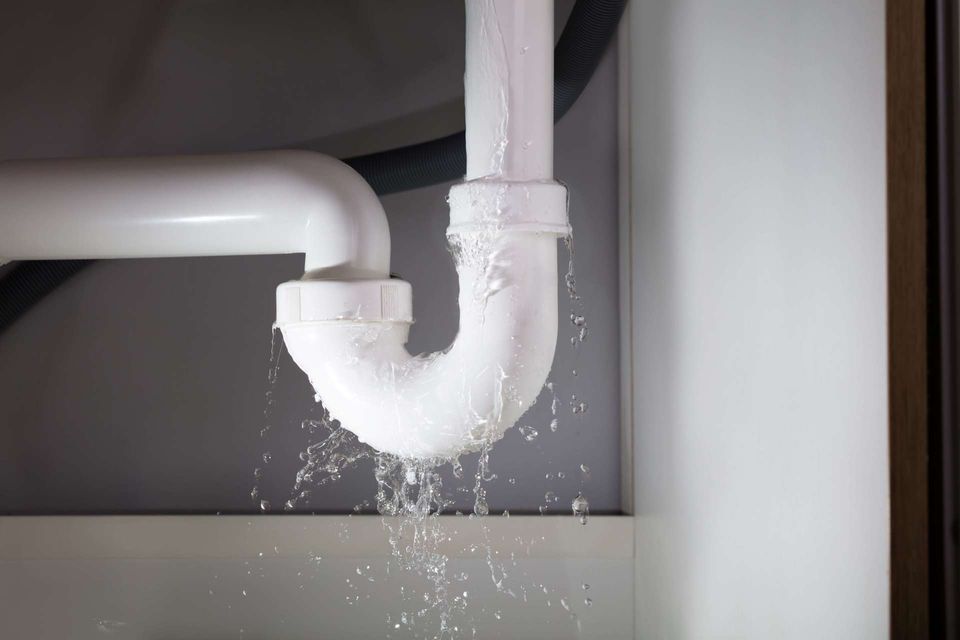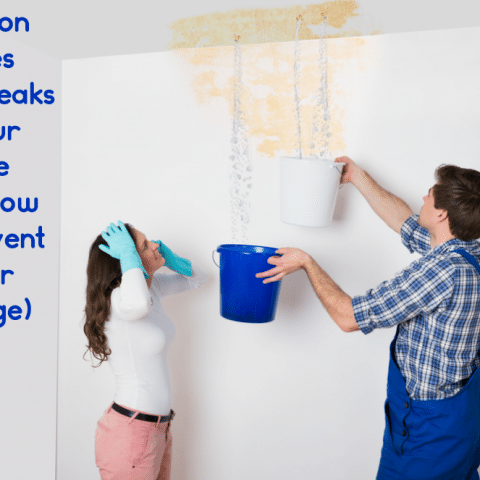Uncovering Concealed Water Line Leaks: 6 Effective Detection Hacks
Uncovering Concealed Water Line Leaks: 6 Effective Detection Hacks
Blog Article
We have come across this post relating to Leaking water lines down the page on the web and decided it made good sense to relate it with you here.

Early discovery of dripping water lines can alleviate a prospective calamity. Some small water leaks may not be visible.
1. Take A Look At the Water Meter
Every home has a water meter. Examining it is a proven manner in which helps you discover leaks. For beginners, shut off all the water sources. Guarantee no person will purge, utilize the faucet, shower, run the cleaning machine or dishwasher. From there, go to the meter and also watch if it will alter. Because nobody is using it, there need to be no activities. That indicates a fast-moving leakage if it relocates. If you discover no adjustments, wait a hr or two and examine back again. This implies you may have a slow leak that might even be below ground.
2. Inspect Water Consumption
Analyze your water expenses as well as track your water intake. As the one paying it, you must discover if there are any kind of disparities. If you detect sudden changes, in spite of your intake being the same, it suggests that you have leaks in your plumbing system. Bear in mind, your water expense should fall under the exact same range every month. An abrupt spike in your costs suggests a fast-moving leakage.
Meanwhile, a steady rise every month, despite the very same behaviors, shows you have a sluggish leak that's also gradually intensifying. Call a plumber to completely check your property, specifically if you feel a cozy location on your floor with piping beneath.
3. Do a Food Coloring Test
When it pertains to water usage, 30% comes from bathrooms. Test to see if they are running correctly. Drop specks of food color in the tank as well as wait 10 minutes. There's a leakage between the container and dish if the color in some way infiltrates your bowl during that time without flushing.
4. Asses Exterior Lines
Don't neglect to check your outside water lines as well. Needs to water seep out of the connection, you have a loose rubber gasket. One small leakage can lose bunches of water and surge your water bill.
5. Examine as well as Analyze the Situation
Home owners must make it a practice to check under the sink counters and also also inside cabinets for any bad odor or mold and mildew development. These two red flags show a leak so prompt focus is needed. Doing regular assessments, even bi-annually, can conserve you from a major issue.
More importantly, if you know your residence is currently old, maintain a watchful eye on your heating units, pipes, pipes etc. Check for stainings and damaging as many pipelines and also devices have a life span. They will also naturally deteriorate due to wear and tear. If you believe dripping water lines in your plumbing system, don't wait for it to rise. Call a professional plumber right now so you don't end up with an awful mess in your home.
Early discovery of dripping water lines can reduce a possible catastrophe. Some little water leaks might not be visible. Checking it is a surefire way that aids you discover leakages. One little leakage can lose loads of water and also increase your water expense.
If you think dripping water lines in your plumbing system, do not wait for it to intensify.
How to Know If Your Home Has a Hidden Leak
Water Meter Reveals Inexplicable Water Usage
If you’d like to test whether or not there’s a leak somewhere in your home, you can do this using your water meter. Here is how to conduct the test:
Don’t use any water in your home for at least 30 minutes; this also means not turning on faucets or water-using appliances.
Go outside, and check your water meter for activity.
If your water meter shows that there was activity, even though no one was using any water, this proves that there is a leak in your home.Visible Mold or Mildew Growth
Leaks behind walls create moist, dark environments that allow mold and mildew to grow and thrive. Eventually, you might see mold growth forming on the wall closest to a hidden leak.
If mold is growing in an area that receives a high amount of moisture, such as a bathroom, it may simply be an indication that better ventilation is needed. However, if you see mold growth on a wall or the ceiling in an area where you would not expect, you probably have a hidden leak.
Musty, Mildew Odor
Sometimes you might not be able to see the mold or mildew that is growing as a result of a leak. However, the smell can give the problem away just as easily. If you catch a whiff of something musty, there’s a good chance that old water is collecting somewhere in your home that you can’t see.
Stained/Warped Walls, Ceilings, or Floors
When your home soaks up water, a variety of red flags can become visible, including ceiling stains, bubbling drywall, warped walls, and sagging floors. While these issues can be caused by excess humidity, they can also be signs that a pipe or plumbing connection has started leaking behind your walls.
Inexplicably High Water Bill
After a while, you get a general sense for what your water bill should be. If you own a pool or sprinkler system, your bill will tend to be higher during summer. However, if you receive a water bill that seems especially high, and you can’t figure out what caused it, then you may have a hidden leak somewhere that’s increasing your bill.
https://www.plumbingjoint.com/blog/2019/july/how-to-know-if-your-home-has-a-hidden-leak/

We hope you liked our excerpt about Top leak detection hacks. Thanks so much for finding the time to read our blog post. Sharing is caring. You won't know, you may just be doing someone a favor. Bless you for your time. Visit us again soon.
Schedule Report this page